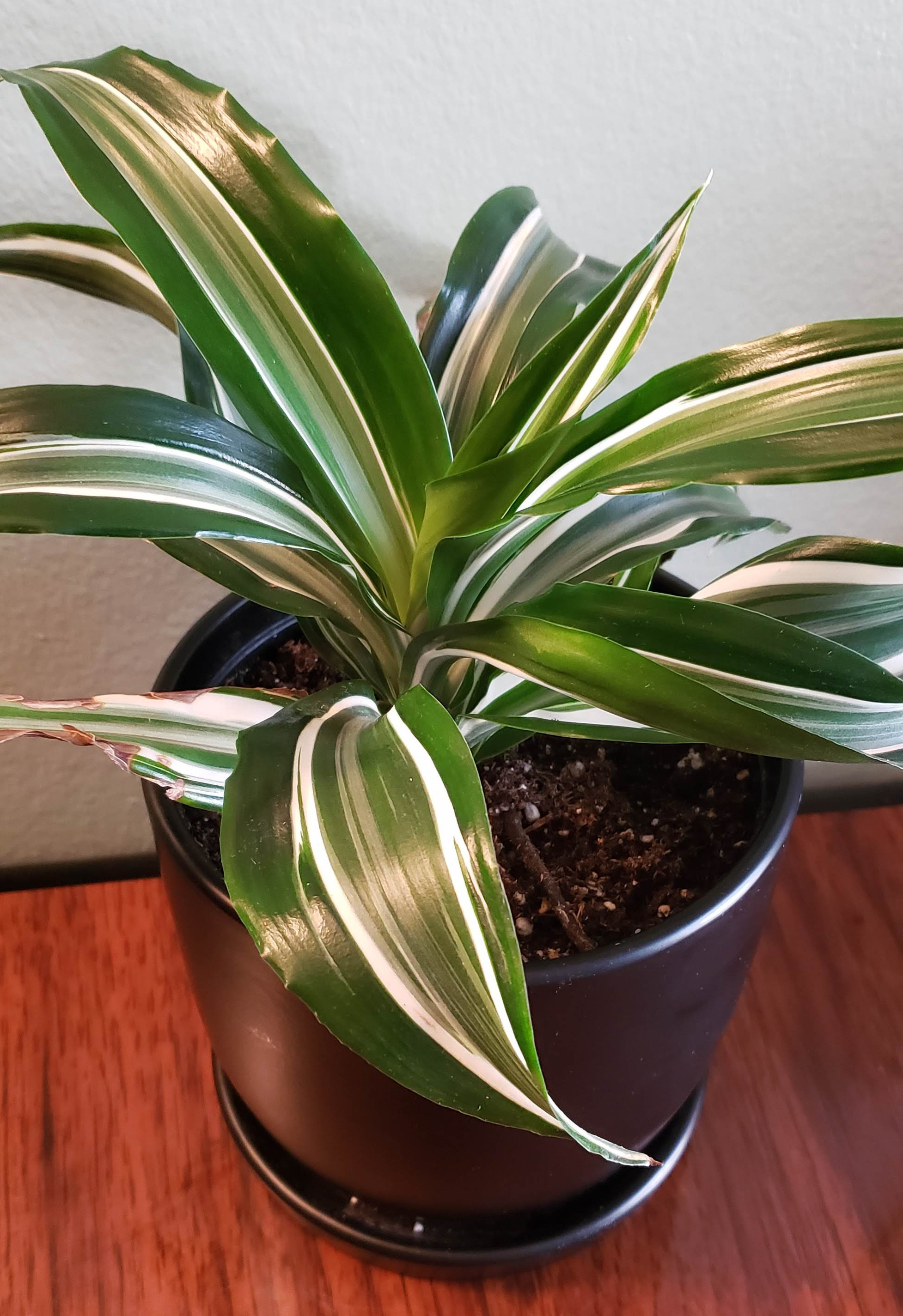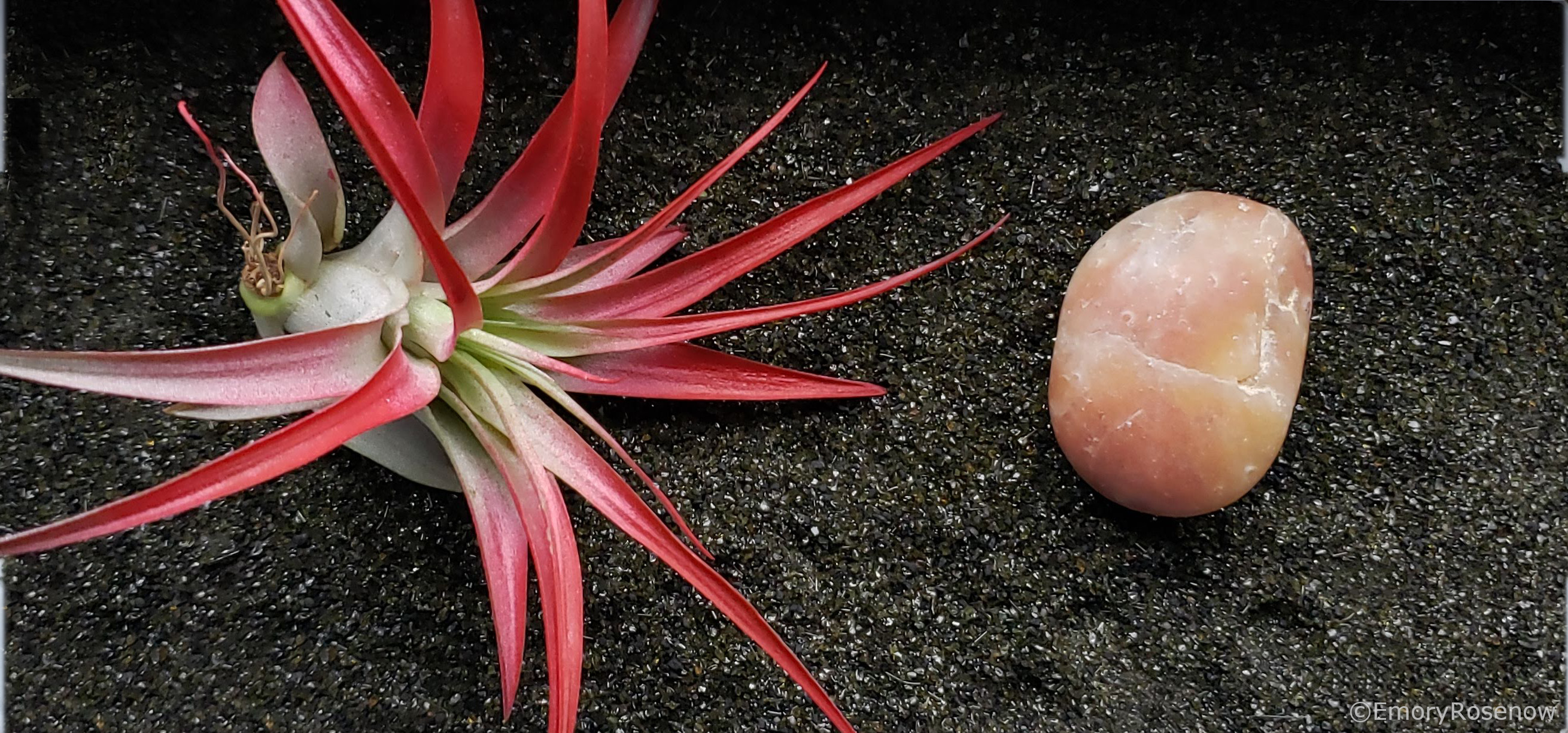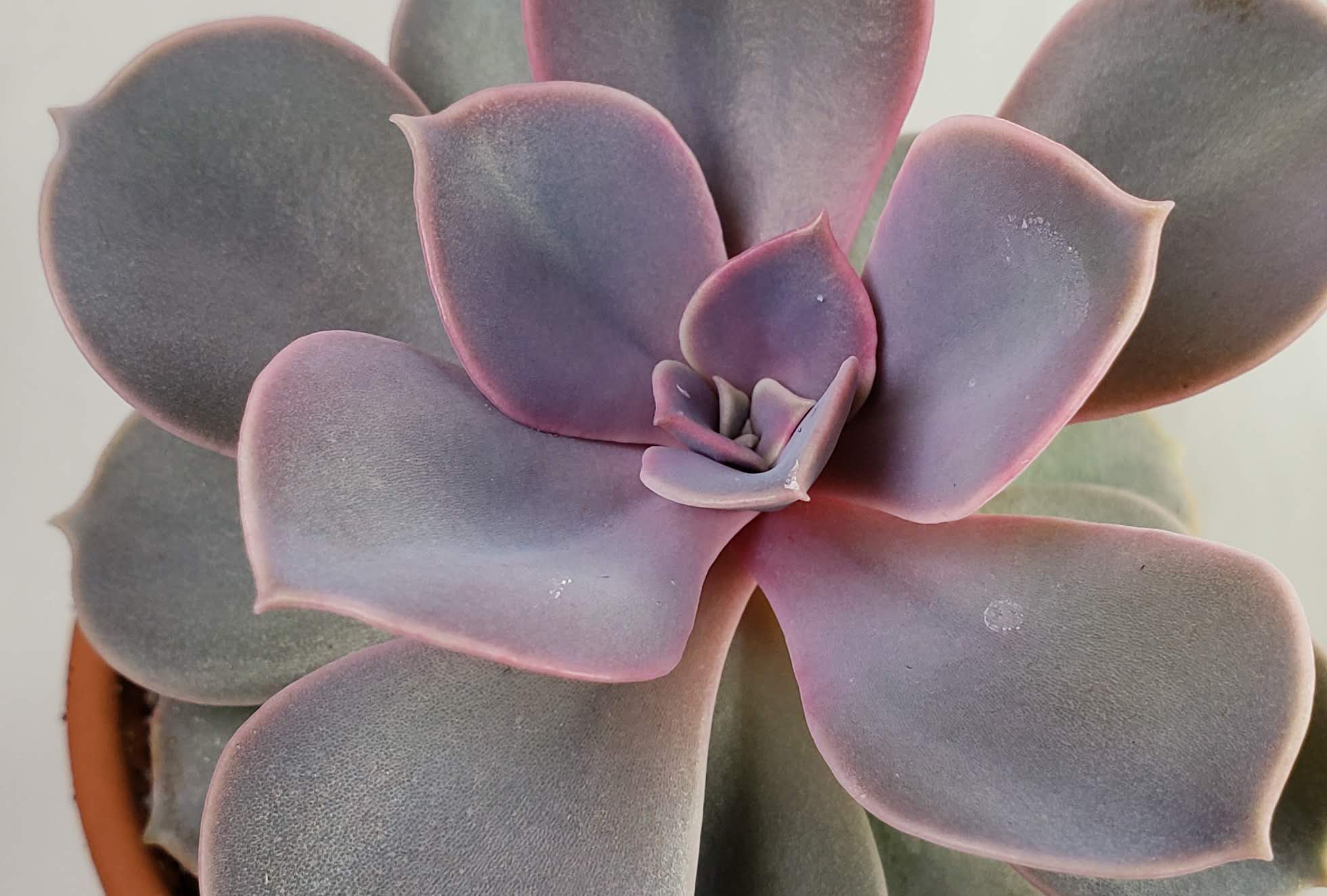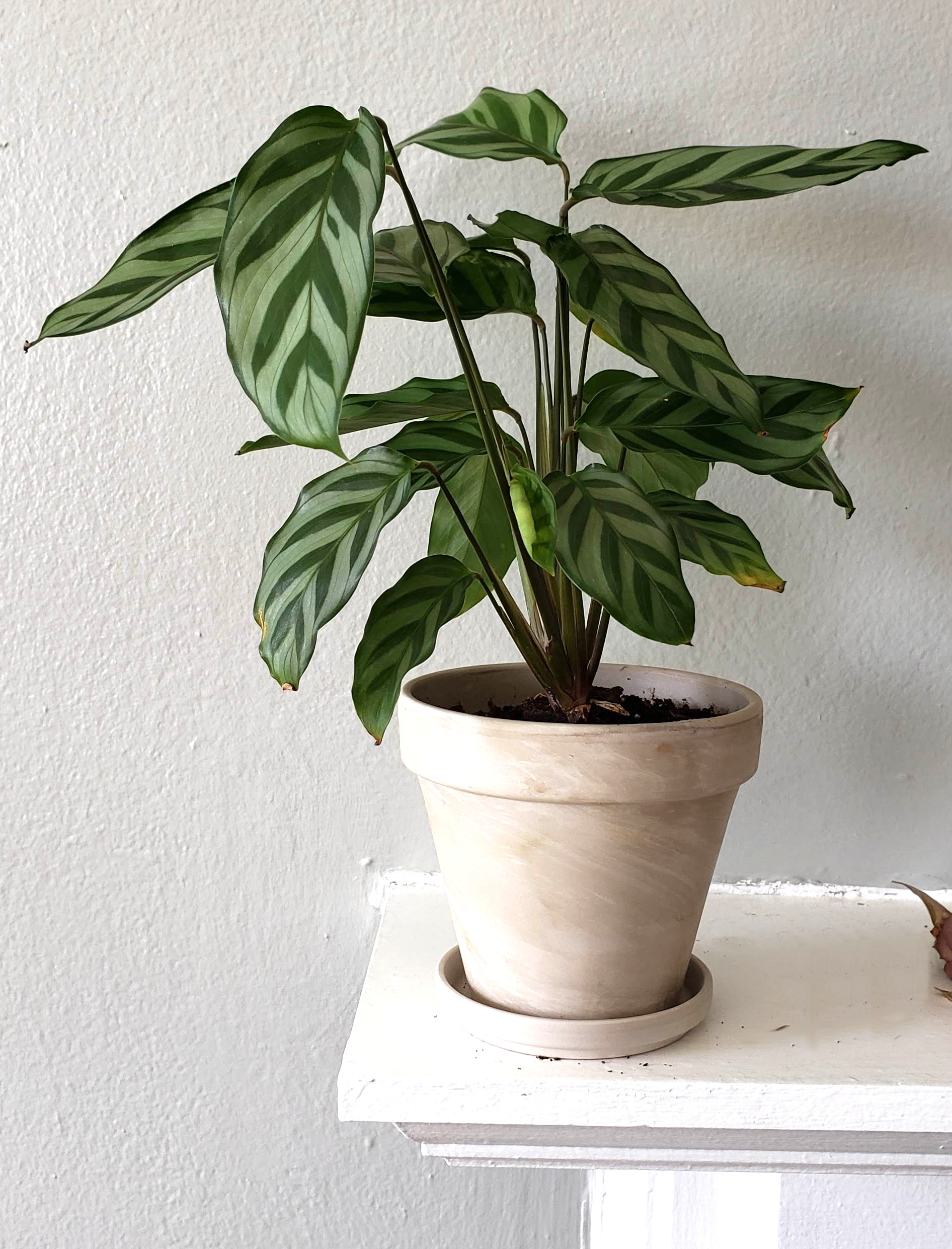Meet Esmeralda, a Dracaena White Jewel! This is a series of plant profiles based on the houseplants in my collection. For each, I’ll take you through some basic plant facts and care information (jump to) based on my research and personal experience!
Science Stuff
Dracaena “White Jewel” is a varietal of Dracaena fragrans, or Dracaena deremensis (same thing, different name, that’s what makes science fun). Dracaena is a large genus of plants mostly native to Africa, with some from southern Asia and Northern Australia and two from Central America. It can be broadly split into two parts: tree Dracaena (guys, these are called Dragon trees, I’m not even kidding) and shrubby Dracaena. D. fragrans is in the latter shrubby category.
Dracaena fragrans is native to tropical Africa, where it grows in the understory of rainforests. It grows as a single stalk until it is either broken or it flowers, at which point it branches out into two or three stalks. You can propagate Dracaena by chopping off a stem, drying it, and rooting it in wet sand. I’ve never tried this though.
As the name implies, Dracaena fragrans is a flowering plant, but “White Jewel” is known more for its foliage than its flowers. Other fragrans have showier flowers, according to my Really Great Research. Some attract hummingbirds, which is pretty cool.
Dracaena are toxic to cats and dogs, and not great for humans either.
Esmeralda the Dracaena White Jewel

Esmeralda has been quite slow growing, as is typical of Dracaena “White Jewels”. Dracaena are frequently found on lists of easy-grow houseplants, and I would agree with that assessment. She has a few sticking points of care, but in general she’s very tolerant!
Care
- Water: Keep the soil moist but not soggy. In winter, you can back off watering a bit more, waiting until the top two inches of soil is dry. Very important: Dracaena are very sensitive to chemicals commonly found in tap water, specifically fluoride, so definitely use distilled or filtered water. You can see some fluoride damage on some of Esmeralda’s older leaves (below; the yellowing on the right leaf is from age), from before I switched to filtered water.
- Light: Put your Dracaena in a bright spot out of direct sunlight for best results. Direct sun can burn the leaves. It will happily tolerate lower light though, it just won’t grow as quickly!
- Temperature: Dracaena like room temperature, around 65-75°F (18-24°C). Keep it above 55°F (13°C), and away from drafts.
- Humidity: Normal household humidity is acceptable, but your Dracaena White Jewel will appreciate somewhat higher for optimum health. Remember it’s native to rainforests!
- Food: Feed about every other week during the growing season with diluted food.
- Container: Pot your Dracaena in well-draining but rich soil. Esmeralda is in a glazed ceramic pot, which doesn’t drain as quickly as I would prefer, but she’s been happy enough in it. As usual, make sure the pot isn’t too big, especially if you’re not using a porous material.
My Thoughts:
As long as you keep them warm and fluoride-free, Dracaena are really easy grow plants! There are other varieties if you don’t like the look of “White Jewel” (I’ll judge you if you don’t though, just look at her). Other common names for Dracaena are corn plant, Chinese money tree, or lucky bamboo, if you’re in the market!
Like this? Check out some more plant profiles!






